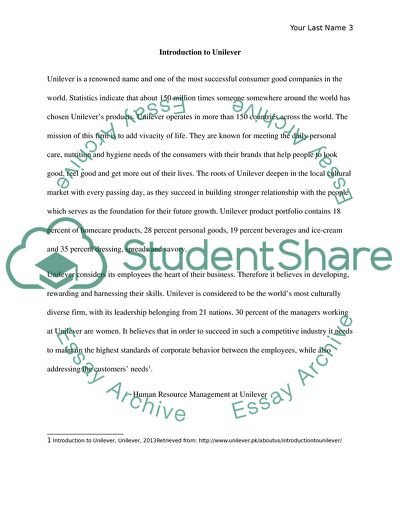Cite this document
(Human Resource Economics Case Study Example | Topics and Well Written Essays - 2250 words, n.d.)
Human Resource Economics Case Study Example | Topics and Well Written Essays - 2250 words. https://studentshare.org/human-resources/1834345-human-resource-economics
Human Resource Economics Case Study Example | Topics and Well Written Essays - 2250 words. https://studentshare.org/human-resources/1834345-human-resource-economics
(Human Resource Economics Case Study Example | Topics and Well Written Essays - 2250 Words)
Human Resource Economics Case Study Example | Topics and Well Written Essays - 2250 Words. https://studentshare.org/human-resources/1834345-human-resource-economics.
Human Resource Economics Case Study Example | Topics and Well Written Essays - 2250 Words. https://studentshare.org/human-resources/1834345-human-resource-economics.
“Human Resource Economics Case Study Example | Topics and Well Written Essays - 2250 Words”. https://studentshare.org/human-resources/1834345-human-resource-economics.


